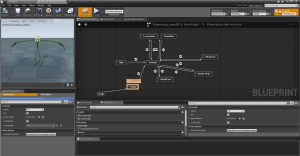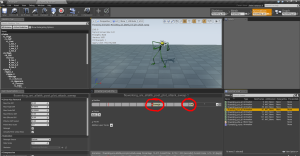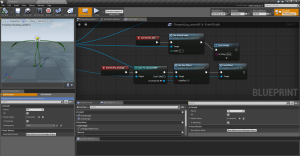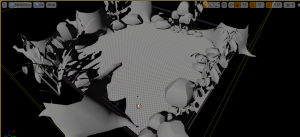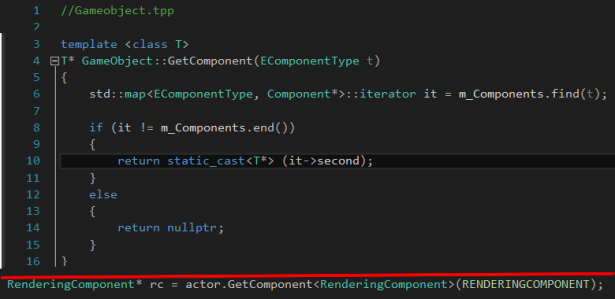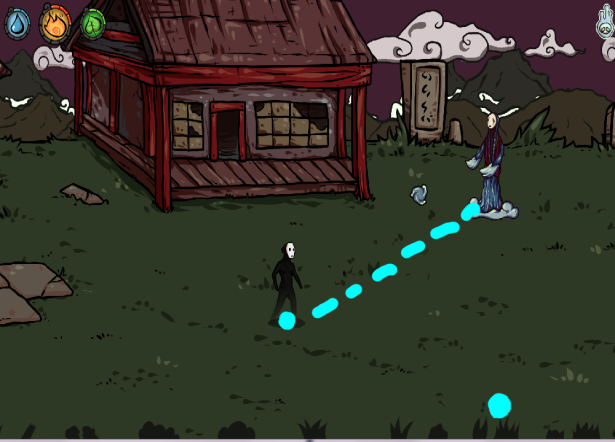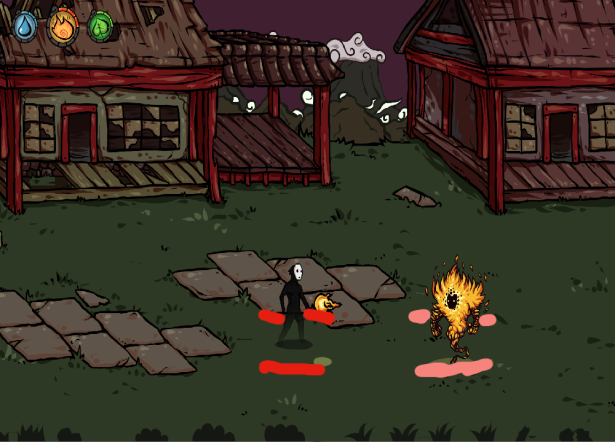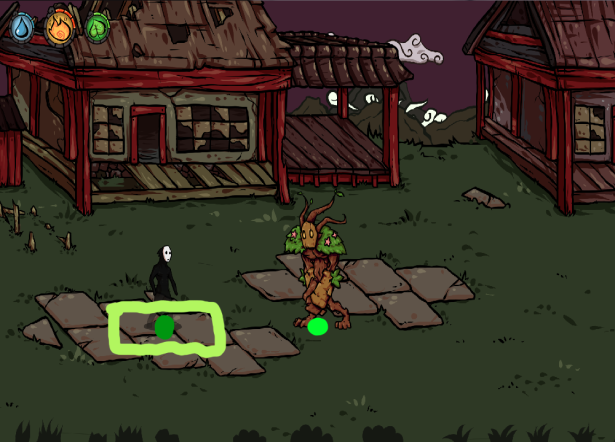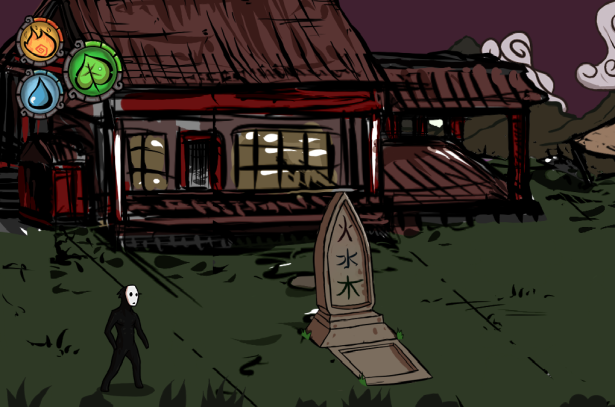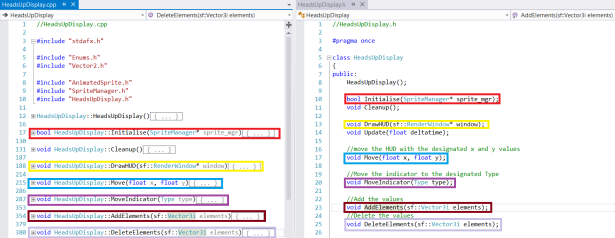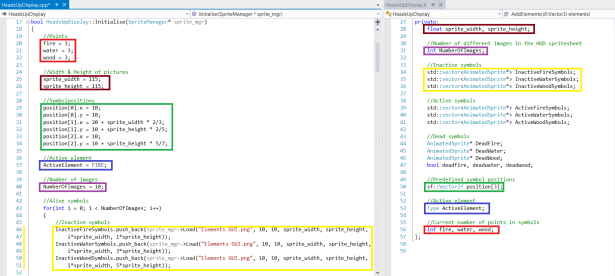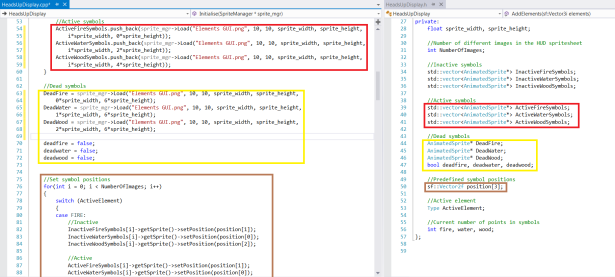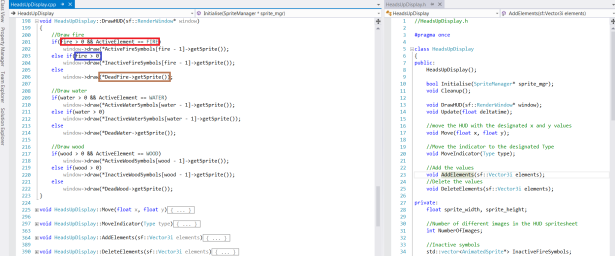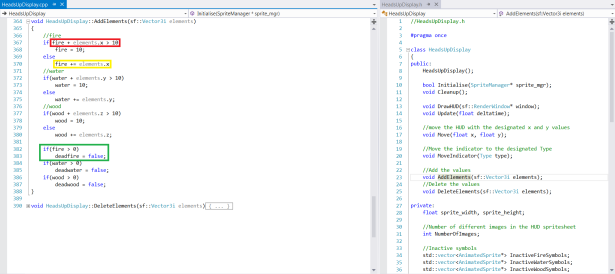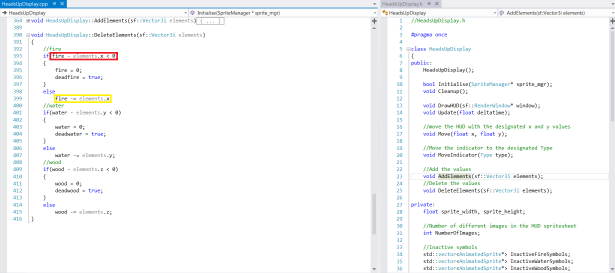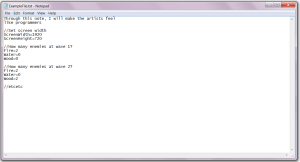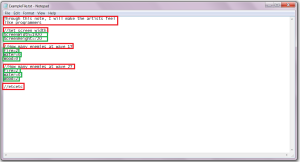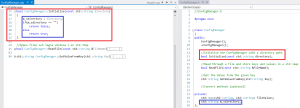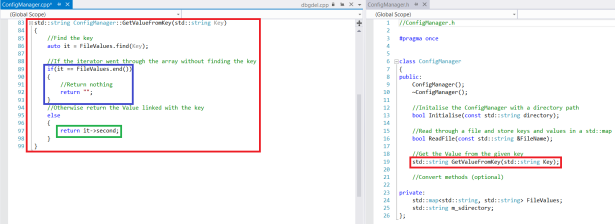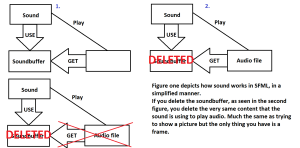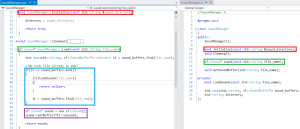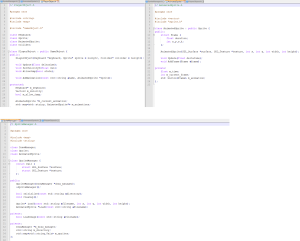Introduction
During the course Advanced game design we were split into groups to play and analyse a board game. Our group chose the strategy game Dust.
Game description
Dust is a board strategy game, for two to six players, similar to RISK where your objective is to hold key locations on the game board which give victory points and the first to a set amount of victory points win. To do this the players have different cards and units to their disposal. The key locations are power sources and capitols. However there is also majorities that give victory points, the one with the most land areas, sea areas and production centers have a majority in the given category land, sea and production.
A round in the game is broken down into three parts, the Initiative step, the player turn and the victory point phase.
Initiative step
Unlike many other board games the order of which the players play their turns are not set from the start. The order is determined every new round by the players. They all put down a card facedown and then show them at the same time, the one with the highest combat value is the first to start, if there is a tie it will be determined by the movement value and then the production and then there is a number of stars in the bottom of the card to act as a tiebreaker.
When the order is set the players turn begins.
Player turn
The player turn is composed of three different phases, the production phase, the movement phase and the combat phase.
Production phase
During the production phase the player calculated how many production points that are given that turn. These production points are used to buy units, cards and production centers.
Movement phase
During the movement phase they player is allowed to move as many times as the movement value on the card that was played during the Initiative step. A movement is considered to be when you move unit(s) from one area to another, without picking up or dropping off units during the move. The areas need to be connected by friendly forces to be able to make a movement that is longer than one area.
Combat phase
The combat phase is the part where the player attacks other hostile forces to conquer new areas. The player may attack as many times as the combat value on the card that was used during the initiative step.
During a battle there are a few things to consider.
- Who has tactical supremacy?
- What is the combined combat power of the units?
Some units have a tactical supremacy value and the one with the most combined supremacy throws their dice first. Each combat power is equal to a dice throw, so say you have 15 combat power that gives you 15 dice throw before it is the opponents turn to throw.
Victory point phase
After every player has played their turn the game moves onto the victory point phase.
The victory point phase is a calculation of how many points each player has accumulated during the round and then moves a tank as many steps as the points the accumulated on a victory point track.
A point is given for each power source the player have and for every capitol the player controls. If they player holds the most land areas the player gets a token for land majority, and the same goes for sea majority. There is also a production majority which is given to the player with the most production centers.
Best and worst sides
The best side of the game was how the game handled the victory, as it was based on points that were accumulated every round it prevented stand stills. A game session could not go on forever as everyone always gets a bit closer to the end during each turn.
There is also a lot of strategic thinking outside of where you put your units, such as what card you play during the initiative step, how you compose your armies according to what cards you have and if you want to focus on sea units or land units. This really makes it feel like the most cunning person has the upper hand throughout the game, and not just the one with the best dice rolls in battles.
The worst side of the game was that it felt overly complicated. It felt as if the developers were trying to combine a computer game with a board game, there are a lot of rules and it felt as if they all had exceptions during some point of the game. It seemed that the developers wanted to have a computer handle all the different rules for the players and telling them when they were allowed to do what and when what they were doing was no longer allowed. They already have two different game modes, but it lack easier game modes that gradually introduce you to game mechanics.
Core game system
I believe that the core system for Dust is the card system, because they determine how you are going to play during you turn. The cards have two different usages, one is their special ability. These varied a lot so I will only give a few examples. One would be used when one of your units died in battle and you used a card that gave you the ability to roll a die for every unit that was killed to see if you could spare its life and retreat with it instead. Another card would give the ability to nuke a city with three dice with the possibility of destroying three units from the area. This card could also ignore the priority system that is used in battles, which will be explained later. There is also a card that doubles the combat power of every aerial unit in a battle, which can be the basis for whole strategy involving planes.
The other usage the cards had was the initiative phase where you used a card to determine the player order and how many actions you were allowed to make during your turn. The card determined how many movements and battles the player could use as well as how many extra production points the player could use to produce units.
The most interesting system
I think that the most interesting system was the combat system because there are several ways to go about composing armies. The combat system created a lot of depth to the game, without I feel that it would have been too similar to risk.
In the game there are four land units and one sea unit. The land units consist of tanks, mechs, fighter planes and bomber planes, the sea unit is a submarine. When a unit dies in combat the game has a priority to what unit is allowed to die, if there is any tanks they must die before the mechs can die and if there is fighter planes they must die before the bomber planes can die.
The only unit that does not have a tactical supremacy value is the tank, and it is also the cheapest unit with a production cost of two while the fighter plane has the same combat stat but with a tactical value of one for the production cost of three. Since you always want to have tactical supremacy in battles this makes for some tough decision making when buying units. If you do not have tactical supremacy in battles it is likely that you are not even allowed to roll the dice, as the opponent can wipe out your units before it is your turn. There were several scenarios where one player had a ton of tanks but no tactical supremacy and got wiped out by a handful of mechs or tanks plus fighter planes.
Target group interpretation
On the box it says that the game is for the age of twelve and up, and I agree with this due to the fact that the rules can become very complex. During our game sessions we looked in the rulebook almost every round due to the rules being hard to interpret or that we had seen an exception to a rule and needed to find the reference to it. I believe that since the game is a lot about planning the younger audience might not like the slow pace compared to the faster pace in most other board games.
I would recommend this game to people that enjoy strategic thinking and have the patience to read through the rulebook several times to understand the rules and all its exceptions. Since the rulebook can be hard to interpret I would also suggest that the players are at least twelve years old and have a firm grasp on the English language.
Summation
The game is very complex and confusing. However this is both advantageous and disadvantageous. It creates a depth to the game which allows for a lot of strategies and it does that while still maintaining an acceptable game length.
Though since it is has a lot of rules and all rules seem to have an exception during some point of the game it makes for far too much confusing while playing the game and you find yourself looking more in the rulebook than at game during your initial play sessions.
Since the game already has two game modes I do not understand why they did not include an “introductory” or “tutorial” mode where the game is simplified to the point where it includes most of the systems but takes away all the variation so the complexity is minimised.


